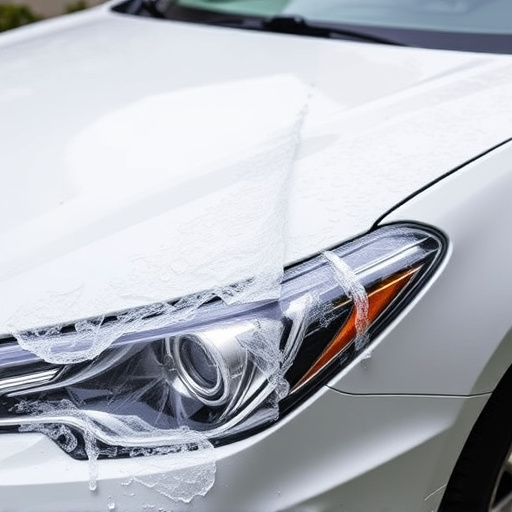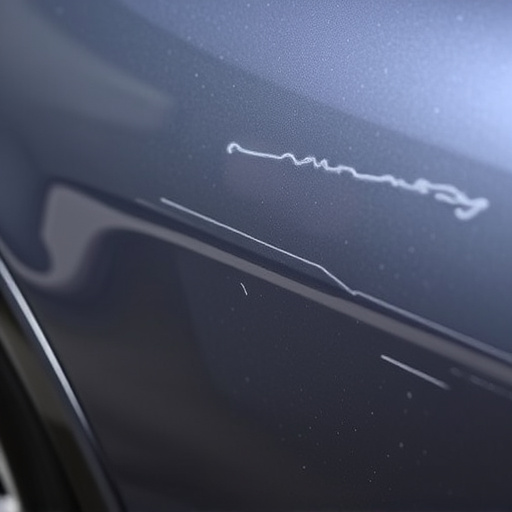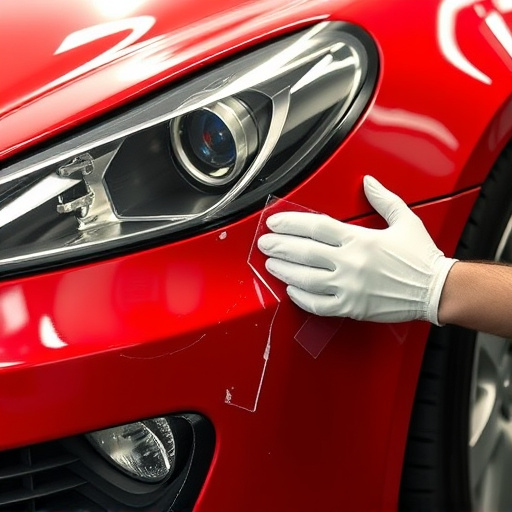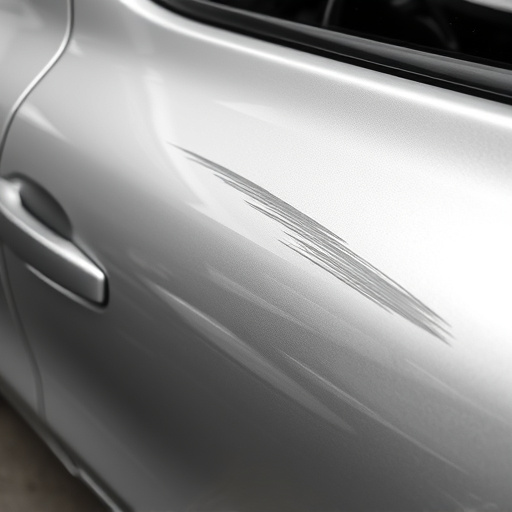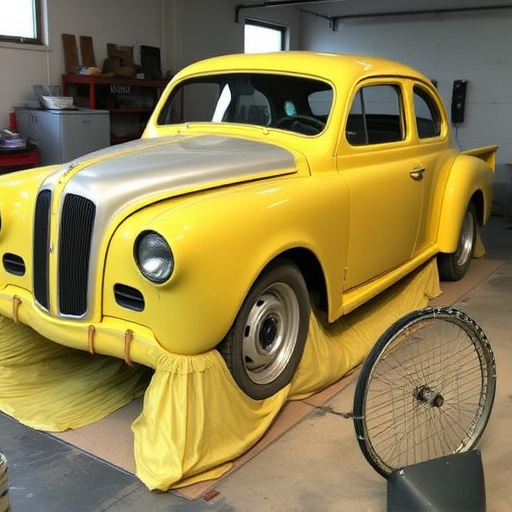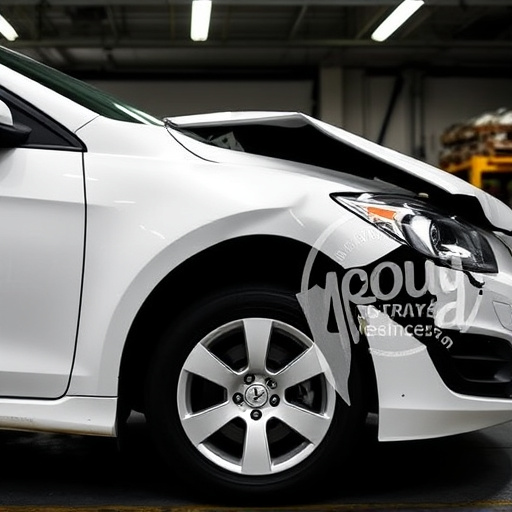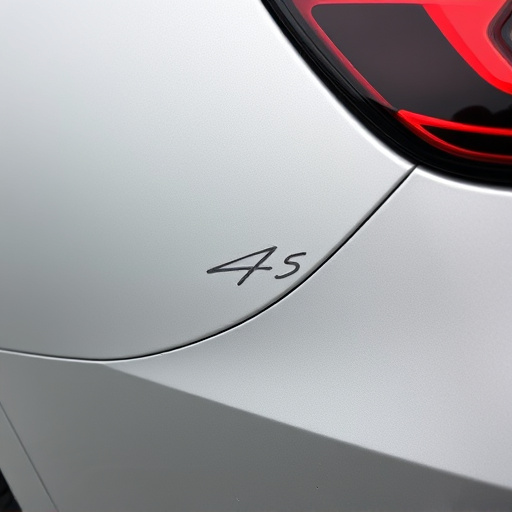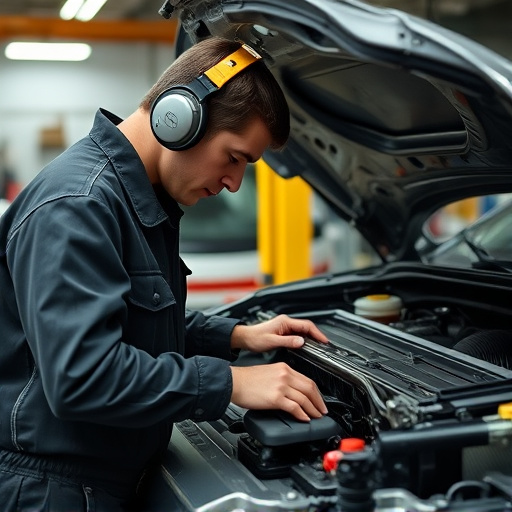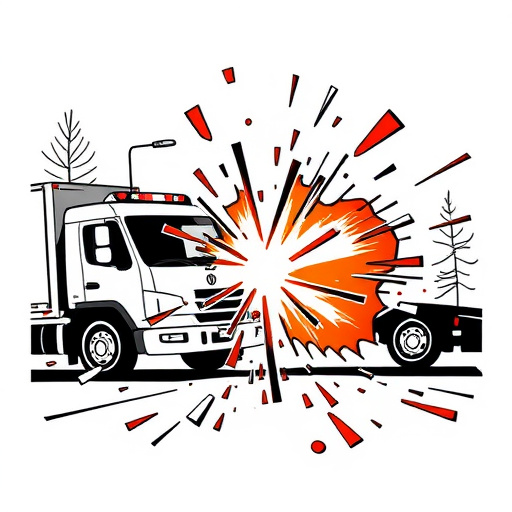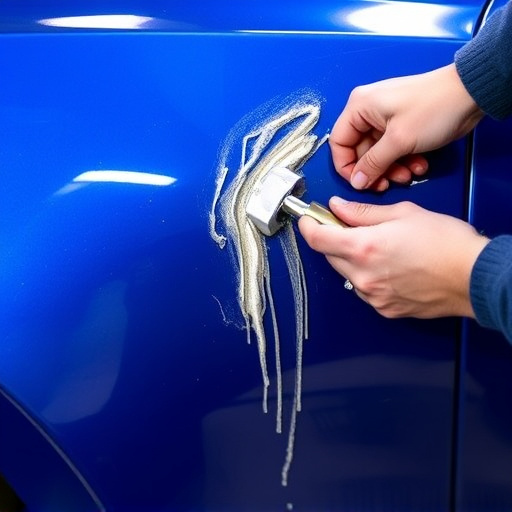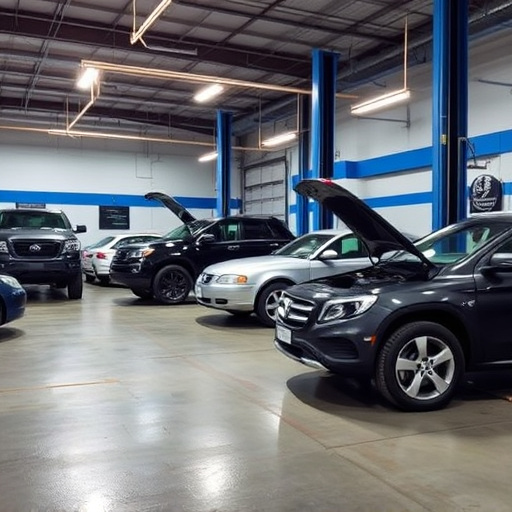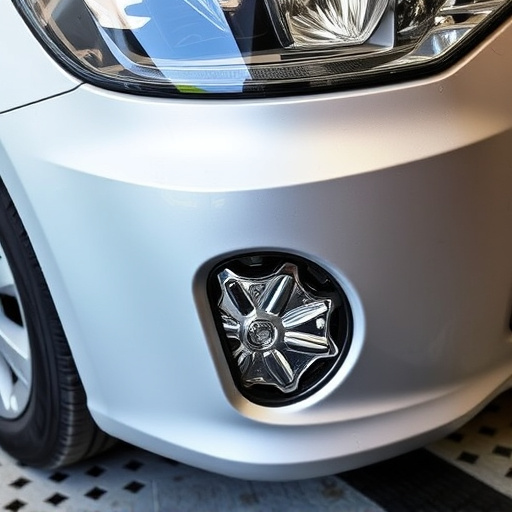The Tesla Air Suspension System requires specialized repair for leaks or compressor failures, emphasizing the need to understand intricate components and use proper tools. Diagnosis involves inspecting for damage, checking hoses, belts, and valves, and testing electrical connections. Repairs should follow safety protocols, securing connections to prevent future issues, and testing system functionality afterwards, similar to Mercedes Benz collision repair.
Experiencing a drooping ride or uneven tire wear in your Tesla? It might be time for a Tesla air suspension repair. This comprehensive guide delves into the intricate world of Tesla’s air suspension system, teaching you how to diagnose and fix leaks or compressor failures. From understanding the complex network of components to following a step-by-step repair process, this article equips you with the knowledge to restore your Tesla’s smooth, level driving experience.
- Understanding Tesla Air Suspension System
- Diagnosing Leaks and Compressor Failures
- Step-by-Step Repair Guide for Your Car
Understanding Tesla Air Suspension System

The Tesla Air Suspension System is a groundbreaking feature that revolutionizes vehicle ride dynamics. Unlike traditional springs, this system uses compressed air to provide precise control over wheel movement, offering a smoother, more adaptable ride. It consists of various components, including air bags, compressors, valves, and sensors, all working in harmony to adjust the vehicle’s height and stability in real-time. This sophisticated technology ensures optimal performance during driving, enhancing both comfort and safety.
When issues arise, such as leaks or compressor failures, Tesla Air Suspension Repair becomes essential. Many car owners are turning to specialized vehicle body shops for solutions. These repairs require a deep understanding of the system’s intricate workings. By addressing these problems promptly, vehicle owners can restore their cars’ original performance, ensuring a seamless and enjoyable driving experience, much like a vehicle dent repair or paint job, focusing on restoring aesthetic perfection.
Diagnosing Leaks and Compressor Failures

Diagnosing leaks or compressor failures in Tesla air suspension systems is a meticulous process that requires careful attention to detail. The first step involves visually inspecting the entire system, looking for any signs of damage, corrosion, or loose connections, as these could be indicators of potential issues. Check all hoses, belts, and valves for wear and tear, and ensure they are securely fastened. In many cases, leaks can be traced to faulty seals or worn-out components, which might require replacement.
When it comes to compressor failures, the root cause is often related to electrical malfunctions or excessive pressure build-up. Testing the system’s electrical connections and checking for power supply issues is crucial. Moreover, monitoring the air pressure levels and observing the compressor’s operation can help identify problems. It’s not uncommon for a dent repair or car collision repair to compromise the integrity of the air suspension, so assessing any pre-existing damage during the diagnostic process is essential. An auto body repair expert might also recommend specific tools and techniques tailored to Tesla models to accurately diagnose and address these complex issues effectively.
Step-by-Step Repair Guide for Your Car

The process of Tesla air suspension repair for leaks or compressor failure involves a series of precise steps to ensure your vehicle’s optimal performance and safety. First, locate the affected component, whether it’s a leaky line, a worn-out valve, or a malfunctioning compressor. This may require checking for visible signs of damage or using diagnostic tools to identify the source of the issue. Once identified, isolate the problem by disconnecting any faulty parts and securing them safely.
Next, gather the necessary tools and replacement parts specific to your Tesla model. This could include specialized tools for air suspension systems, such as pressure gauges and sealant. With proper safety measures in place, proceed with repairing or replacing the compromised parts. Ensure all connections are secure and sealed to prevent future leaks. After completion, test the system thoroughly to confirm its functionality and adjust any settings as needed. Remember, performing Tesla air suspension repair requires mechanical expertise, so consider seeking professional help if you’re unfamiliar with these procedures, akin to the precision required in Mercedes Benz collision repair or even basic car paint repair tasks.
In conclusion, diagnosing and repairing Tesla air suspension leaks or compressor failures is a crucial task for any car owner. By understanding the intricate components of the Tesla air suspension system, identifying common issues like leaks and compressor malfunctions through careful inspection, and following a comprehensive step-by-step repair guide, you can effectively maintain your vehicle’s ride quality and overall performance. Remember that prompt action on these matters is key to ensuring a smooth driving experience, so don’t hesitate to tackle these repairs with confidence or seek professional assistance if needed. For all things related to Tesla air suspension repair, this guide serves as a valuable resource.
